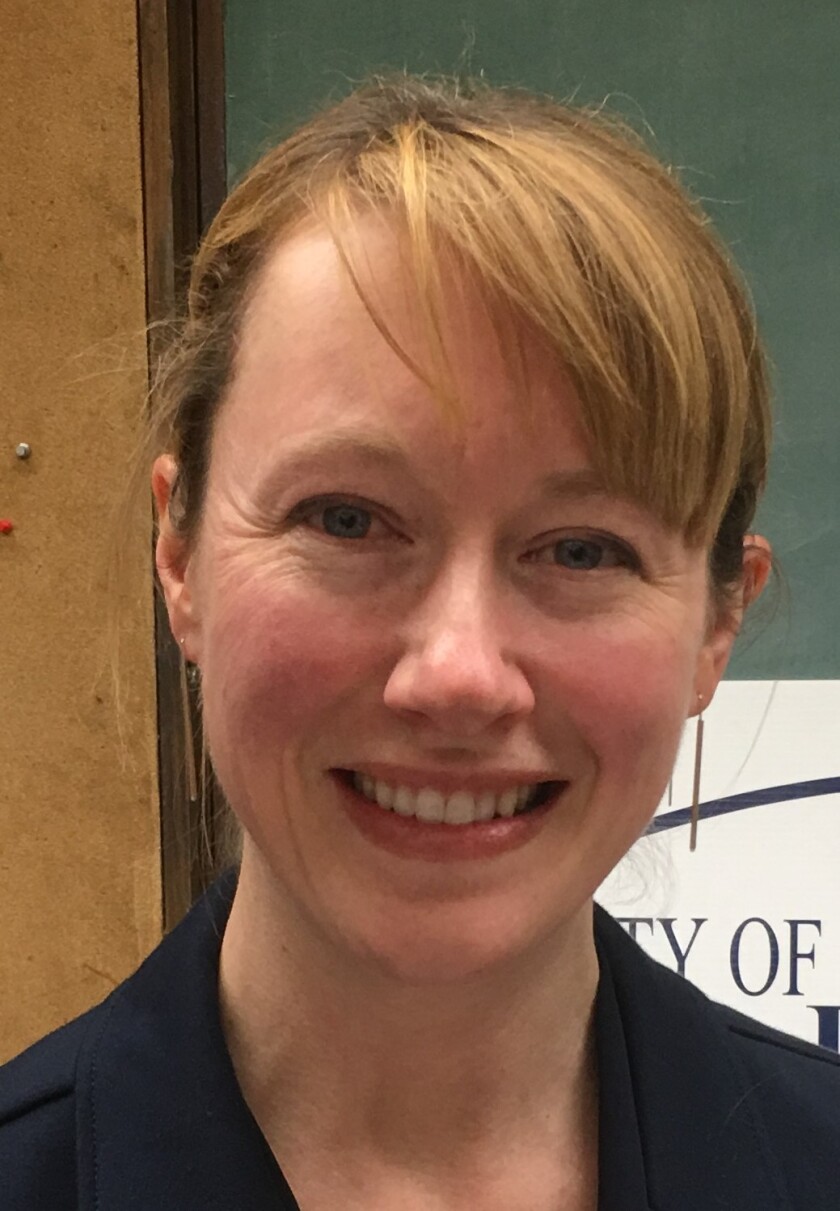
Posted on March 23, 2022
WABASHA — After nearly five years, the U.S. Army Corps of Engineers, St. Paul District, has a new plan for dealing with sand and silt near Wabasha.
In May 2017, the Corps sent out for review a dredge material management plan that was met with near universal opposition from the people and communities in the Wabasha area.

The new plan, said Wabasha Mayor Emily Durand, is a different animal, one that sought the input from all involved rather than just trying to impose the Corps’ will on people.
“The city is very encouraged,” Durand said. “It’s an about-face on the prior material management plan. The Corps can’t really use the word ‘partnership,’ but we’ve convened regularly enough to be at the table.”
Therein lies one of the biggest changes from the now-abandoned plan from 2017 and the plan release for public input on Tuesday.
The original plan, developed solely by the Corps, selected several temporary and permanent storage sites for dredge materials without consulting participating landowners ahead of time. That led to months of dispute between landowners, the city and county of Wabasha, and the public in general who voiced opposition to the Corps’ plan.
The new plan, said Melaine Peterson, a spokeswoman for the Corps, was developed with community input and did not focus only on financial costs but also “social costs.”
“It was definitely a learning experience,” Peterson said. “The process now is better. We are listening to the public. We’re trying to do better by the public.”
That, Durand said, is evident.
In July 2018, the Corps and the city of Wabasha entered into a memorandum of understanding to work together to find a mutually beneficial way to dispose of the roughly 250,000 cubic yards of dredge material pulled annually from lower pool 4 near Wabasha. The silt and sand is removed as part of the Corps’ efforts to maintain a 9-foot navigation channel along the Upper Mississippi River.
The Corps also agreed – eventually putting it in writing – that it would abandon its plans to use riverfront land along the Southside Fitzgerald neighborhood for sand transfer from the river or the farm of Willard Drysdale as a permanent storage site.
“Staying at the (negotiating) table was a must,” Durand said, giving credit to her predecessor and former city staff members including then-City Administrator Chad Springer, who laid the groundwork for the current plan.
A big part of the new plan is the agreement between the Corps and the city to work together to find options for disposing of the sand through beneficial uses.
Durand said the city is “comfortable” with the plan, which it had reviewed prior to the plan’s public launch Tuesday.
Still, she encourages the people in and around Wabasha to read the plan and offer feedback during the public comment and environmental review period that runs through April 19.
“I hope people read it,” Durand said. “I hope people attend (meetings) so the Corps can communicate directly with folks.”
Peterson said there will be a public engagement session at 7 p.m. April 13 at Wabasha-Kellogg High School, where the plan will be discussed and people can bring their comments or concerns.
Also, the plan is available for review online at www.mvp.usace.army.mil/DMMP .
Questions or comments on the environmental assessment should be directed to Bob Edstrom, project manager at 651-290-5026 or robert.k.edstrom@usace.army.mil. Letters may be posted to District Engineer, St. Paul District, Corps of Engineers, ATTN: Regional Planning and Environment Division North; 180 Fifth Street East; Suite 700; St. Paul, Minnesota 55101-1638.
Peterson said while the plan plus all its addendums makes for a large document, she hopes people read it and offer feedback on how to make it even better.
“This is a win-win situation for the city, for us and for the landowners,” Peterson said. “We’re happy with the way things turned out there.”





